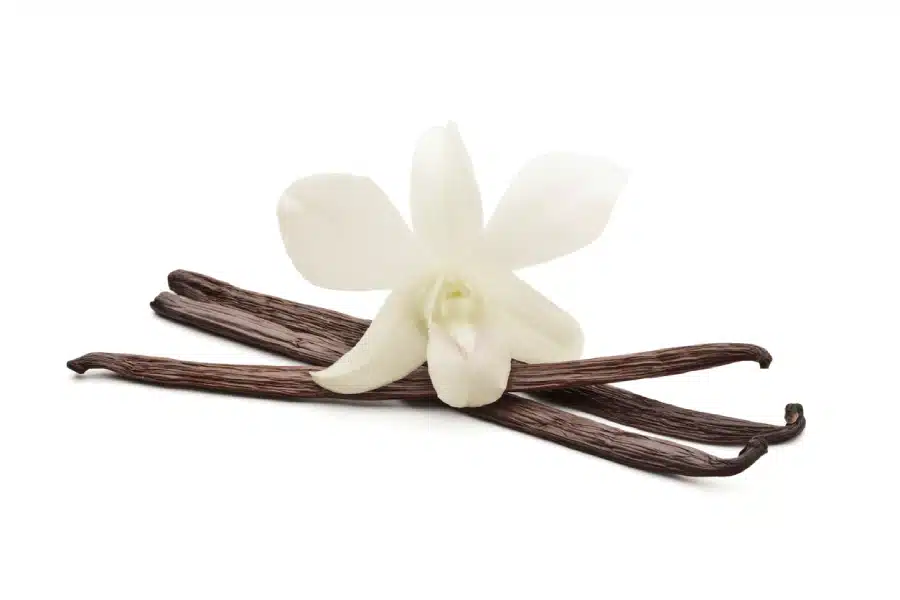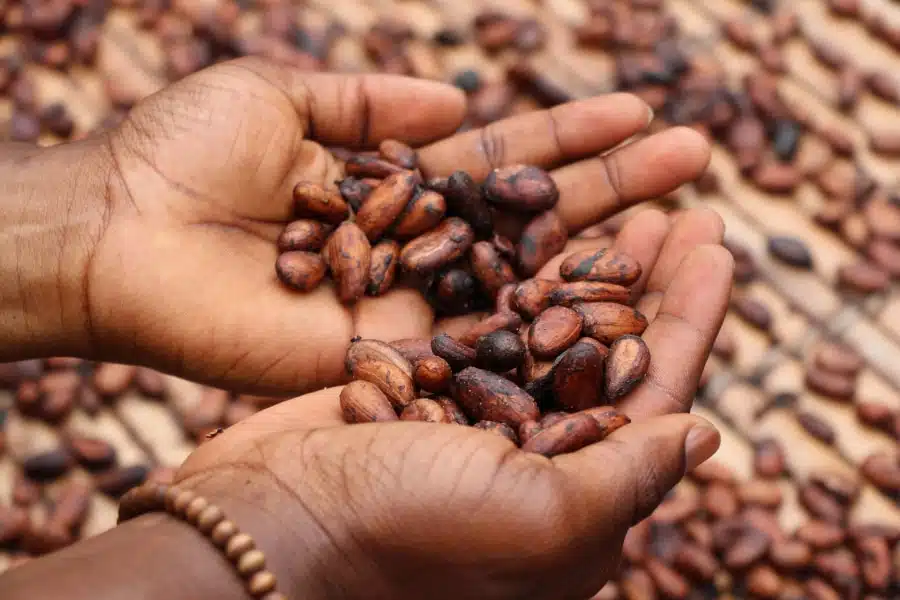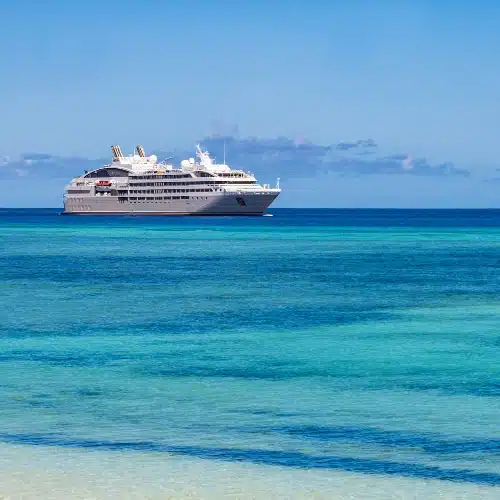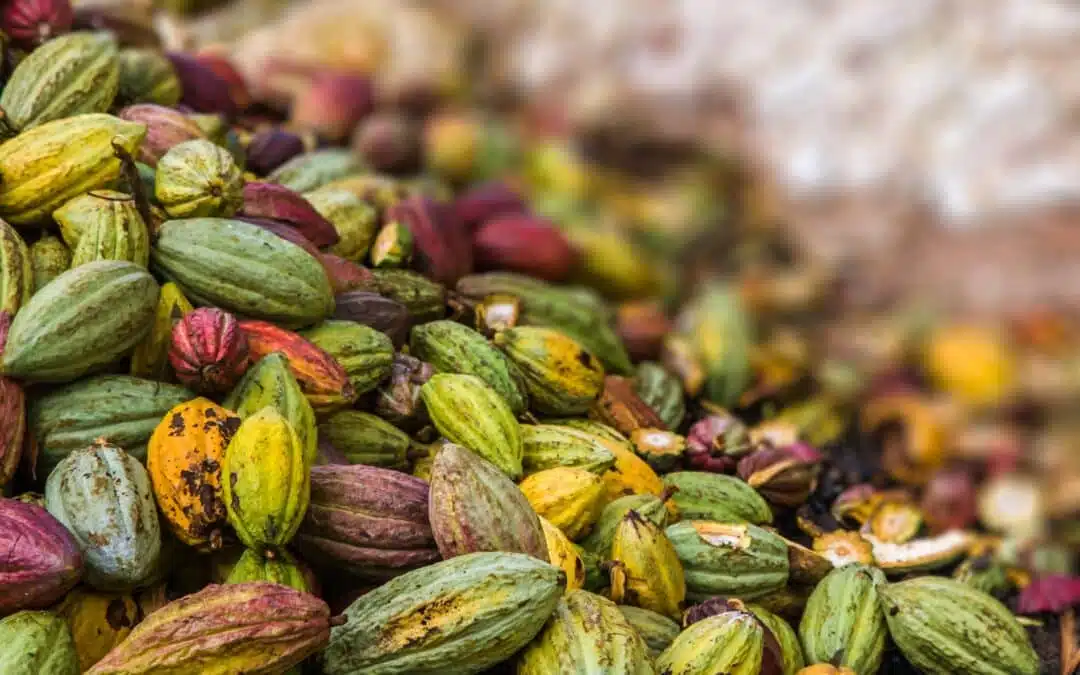New riches making their way onto the big tables
For a few years now, brave entrepreneurs have been working on developing luxury dishes in Madagascar, often destined for export. Although vanilla remains a key symbol of the “Great Island”, prawns, foie gras and caviar are also produced here and contribute to local development.
Vanilla: symbol of Madagascan gastronomy
Little black seeds that contrast with creams and cake doughs. An incomparably fine taste… Vanilla is one of the key spices used in patisserie. Having long been a must, the subtle flavour of the real thing has never been equalled by synthetic products. It has also been the symbol of Madagascar for centuries. This is where the best vanilla grows, providing plump and supple vanilla pods. It is also one of the cleanest types of vanilla as it doesn’t need any fertiliser or pesticides to proliferate. On the back of this strong reputation, the island provides 80% of the world’s vanilla production.

Cocoa: fine and flavoursome
We’re in the north of Madagascar, where the earth is red and fertile thanks to the Sambirano River. Various cacao tree plantations, established from the start of the 20th century, have contributed to making Madagascan cocoa some of the best on the planet – although, unlike vanilla, it represents under 1% of world production. Madagascan cocoa is unique thanks to its variety: criollo. This is much finer, more flavoursome and less widespread than forastero. Today, at a time when consumers prefer organic produce, it is good to remember that Madagascar’s cacao trees are grown without fertiliser or pesticides.

Prawns: Madagascar’s pink gold
Their plump, tender flesh is much sought-after by fans. Although Madagascan tiger prawns are in high demand, they are farmed in a controlled and responsible way. The aquafarm where they are produced is in the north-west of the island, in the heart of the mangroves. These are some of the most unspoilt on the planet and are above all this variety’s original environment. The tropical tiger prawn is the only one to have been awarded the “Label Rouge” in France. It has also received the Aquaculture Stewardship Council eco-certification which guarantees responsible practice in the aquaculture sector.

Foie gras wins over consumers
Surrounded by paddy fields, Behenjy borders Route Nationale 7 and is about 40 km from the capital, Antananarivo. Here, some 20,000 people make a living from foie gras production. The village has been famous for the speciality for 40 years. Some locals are specialists in feeding up ducks by hand in the traditional way. They then sell the livers and carcasses on to resellers. Although the price is too high for many Madagascans, the market is expanding and experiences two booms a year: at Christmas, then in June when the country celebrates its independence.

Caviar: a new Indian Ocean gem
Caviar is the latest luxury dish to come out of Madagascar! It was on Lake Mantasoa (famous for its pure water), at 1,400 metres altitude, that three French entrepreneurs installed the first sturgeon farm in the Indian Ocean and Africa, in 2017. Their aim was to compete with the world’s best caviars. In its first year, Rova Caviar produced a tonne of these precious sturgeon eggs, while the global market was estimated at 340 tonnes in 2017. So, it’s definitely about quality over quantity. The business is also committed to a sustainable, eco-friendly, economical and civic-minded approach.

Photos credits : © Istock / © Unsplash



